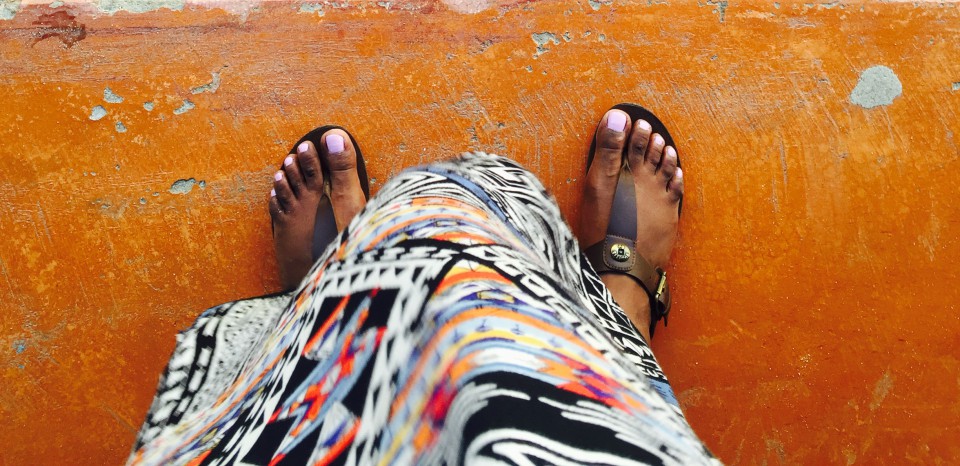Tags
Kerala: India’s Bayou & colonial infusion, a set on Flickr.
A very late post, with uploaded pictures from a trip to Kerala.
The highlight of my brief stay in Trivandrum was repeated trips to the India Coffee House. An institution, which is reminiscent of the tiffin house revolution that swept through the country. Tasty treats and chai spiced to perfection, kept drawing me back to this uniquely-built restaurant.
I wandered around across Trivandrum and managed to hop on trains to get up north. In retrospect, I count myself very lucky to have managed this trip with little planning. My philosophy going into that trip, is that plans were most likely going to be foiled with delayed trains, and no prior bookings at bed and breakfasts or reserved train seats. It took me a while to realize that first and second class seats for trains had to be booked weeks in advance. That only left me with the option of taking general class seating cabins, where if you are in luck, you may find a few inches of a bench to sit on. I was lucky my first round, in that I found a group of co-ed students riding the same train. They gave me a lot of helpful tips. They got off a few stops before I did. With their departure, I realized that very few women travel in these compartments on their own. Given the recent headlines of violent crimes and attacks on women across India, I found myself reflecting more and more about this trip and how lucky I was to have traveled in relative peace. It took me 2 train rides to realize that there is a female-only train cabin at the end of each train.
Kerala’s backwater are stunningly serene. Way of life meanders leisurely as do the waters of the intricate matrix of man-made and natural lakes and canals that make up this extensive network of backwaters. Depending on where one goes in these stretches of backwater, scenery evokes memories of the Louisiana Bayou or Venice. In another stroke of luck, I met two other travelers who had booked small boat rides from town to town across the backwaters and I managed to tag along. The ride in the small boat allowed us to go through many of the small canals that can’t be traversed by large, tourist boathouses. It was a tranquil trip with plenty of opportunities for bird watching.
After a few days of moseying along the backwaters, I took a train up to Fort Cochin. The old fort, still retains many of its colonial influence with borrowed flavors from Portuguese, Chinese and a myriad of traders who passed through. Most eye-catching installations were the Chinese fish nets with gigantic tentacles protruding to the sky. The mammoth contraptions, a dying breed, are still used today across the port of old Kochi. Rising early before dawn, I went by down by the docks and witnessed fisherman heaving ropes and maneuvering the gigantic nets.
The rest of Cochin is steeped in British colonial architecture and customs. Thankfully Keralan food did not fall victim to British cuisine influence. Spicy, eye-watering dishes were a welcomed treat. I loved the food so much, I even took a cooking class to learn how to infuse so much flavor into curries and bought a bunch of spies to experiment with when I got home.
Sadly time and complicated travel logistics did not give me an opportunity to visit Munar and the famous tea plantations of Kerala. After a week of what turned to be a great pack backing trip across Kerala, I boarded a flight from Cochin and headed for 4 days of wedding festivities in Bangalore.


























